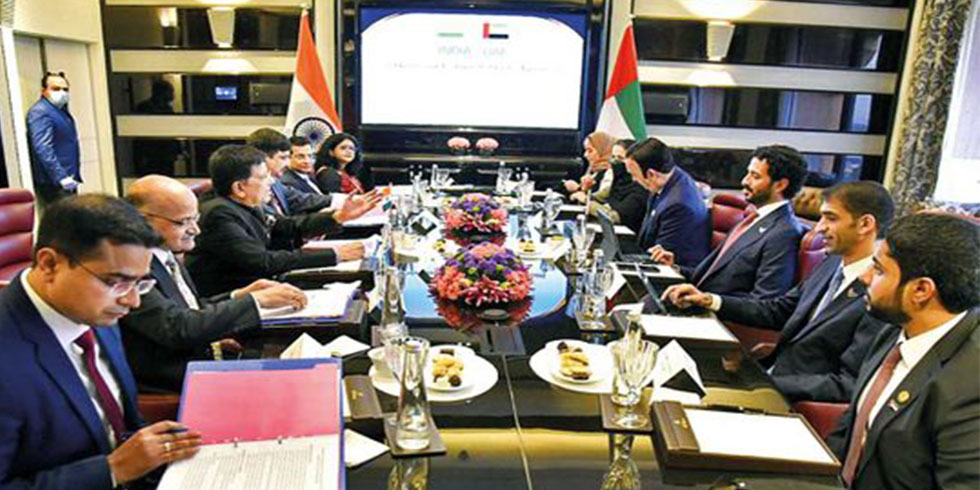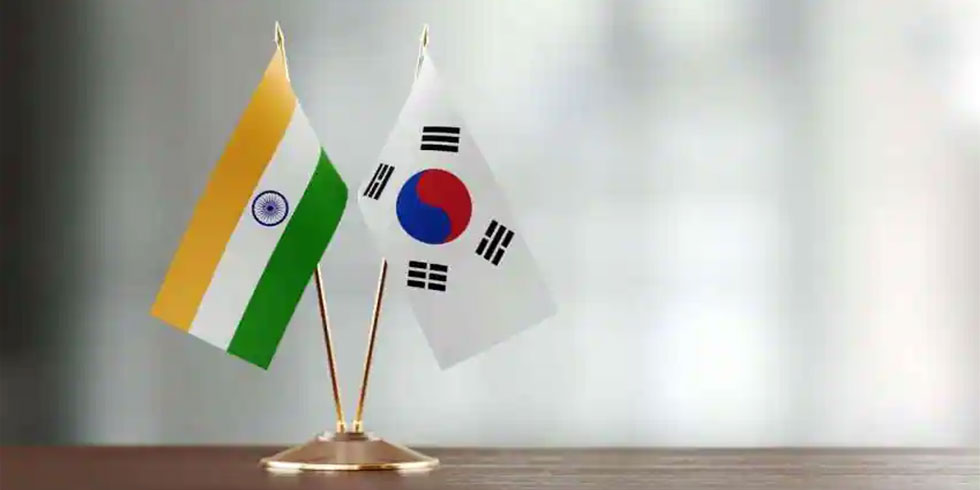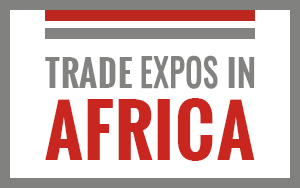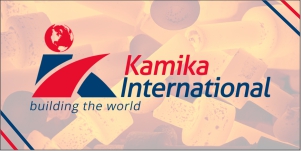November 18, 2012: The Central Government owns 12 ports. Although these ports are referred to as major ports in common parlance, only eleven are ‘Major Port Trusts’ as per law, and the twelfth is a corporate entity. Some time back, the Government decided to convert Port Blair and the ports in Andaman & Nicobar Islands into a Major Ports but the decision could not be implemented.
The Maritime Agenda of the Shipping Ministry for the decade 2010-2020 envisages setting up of two major ports, one on the west coast and one on the east coast. The Agenda also contemplates the development of four hub ports in the country — at Mumbai, Kochi, Chennai and Visakhapatnam. Media reports indicate that the Ministry is likely to give in-principle approval for two green-field major ports very soon, one at Ramayapatnam in Andhra Pradesh and at Sagar in West Bengal. Will the thirteenth major port materialise?
The adjective ‘major’ means important, serious or significant. However, when the word major is used in the Indian context to qualify the noun ‘port’, the picture that emerges is confusing. By definition, the large and fast developing private ports like those in Mundhra and Krishnapatnam are not and will never be ‘major’ ports. As it would be grossly unjust to describe them as minor ports, the expression ‘non-major ports’ has been coined.
Private investments
More than 60 years back, the framers of the Constitution would not have visualised a scenario in which huge ports are set up by private enterprises under the mandates given to them by the State Governments. Even in the last decade, the non-major ports were seen only as minor contributors to the overall port capacity in the country. However, the Maritime Agenda of the Ministry recognises that by 2020, half the port capacity in the country would be in the non-major ports. In the Major Ports too, the accepted model for development of capacity is with private investment, through the Public Private Partnership (PPP) route. Thus, the capacity increase from the present level of 1,200 million tonnes (MT) per annum to 3,200 MT in 2020 will be substantially financed by the private sector, whether it is in the Major Ports or in the non- major ports.
Development of new ports and construction of additional berths in the existing ports are perhaps the most visible measures to enhance port capacity. However, there are several other effective measures for increasing the cargo handling capacity of the ports. These include deepening of harbours and channels, mechanisation, efficient evacuation and storage and technology-governed processes. The Maritime Agenda identifies several such measures.
Benefits of large vessels
The most significant development in shipping has been the increase in size of the vessels. The recent additions to the world mercantile fleet and the ships under construction consist mostly of very large vessels. Very Large Crude Carriers (VLCCs) carry most of the crude oil. Since they cannot call at the Indian ports due to inadequate draft, they discharge oil at Single Point Moorings (SPMs) set up by the ports and oil companies several nautical miles out in the sea.
Of the several advantages provided by the large ships, the most important is the benefits of the economies of scale available to the consumers. There are huge savings in the operating costs per ton of cargo. Further, port congestion gets reduced and cargo evacuation is faster. The new 18,000 TEU vessels belong to the Triple E Class — providing economies of scale, energy efficiency and environmental improvement.
Unfortunately, the benefit of using these vessels will not be available for India because of infrastructural constraints at the ports. The 18,000 TEU ship has a length of 400 ms, while the typical berth at Indian ports is below 300 ms long. The width is 59 ms; cranes with adequate span will be required. The most critical gap is in the draft. The Indian economy is losing out on the benefits which ports with adequate draft can provide. It is in this context that the Government should assess its priorities. Considering the status of port development, the highest priority should perhaps be given to having at least one big major port on each coast, which can serve as a hub port, primarily for container movement.
Hindrances
Ramayapatnam in Andhra Pradesh and Sagar in West Bengal do not appear to be impressive candidates for development of a port of the type mentioned above. In fact, both have the danger of running into obstacles — legal, economic, political and others. Ramayapatnam lies within the waterfront already allocated by the State Government to the developer of the Krishnapatnam Port. The State Government has given them consent for the technical studies for a satellite port at Itamukkala, close to Ramayapatnam. Apart from the legal issues related to the Government reneging on contracts, this raises ethical concerns about commitments made by Governments. Further, a greenfield major port would require massive land acquisition, which would be challenging in a densely populated area. The draft available is limited and what can be created there will be an ordinary port.
Sagar faces a different set of challenges. Over the years, there have been discussions on having a deep sea port to serve the Eastern and North Eastern parts of the country. Sagar would not be a substitute for a deep sea port; it would be a riverine port, prone to siltation, with a maximum draft of 10 ms with continuous dredging. The fundamental requirement for Sagar is the construction of 3.5 km long rail and road bridges connecting Sagar island with the mainland; if this investment is part of the port project, it is unlikely to be viable. It would require a Bengali fundamentalist as Railway Minister for the Railways to take up the project which would not justify itself in an economic analysis. The State Government may have the desire, but not the financial capacity. In any case, private investors would be disincentivised with the recent developments in the Haldia Dock Complex.
Revamp strategy
It would perhaps be appropriate for the Central Government to review its port development strategy so that the Central Government takes up only mega projects, leaving the rest of the port development to the States. The legal structuring and functional dispensations which govern the Major Ports are archaic and need to be modernised. The constitution of the Board of Trustees, the delegation of powers, the mode of tariff fixation, the personnel policies and others need substantial revamp for giving these organisations the dynamism required for operating in a modern competitive environment. There has been considerable discussion on the corporatisation of the Major Ports, but the process of conversion faces stiff resistance from the trade unions and local vested interests.
There is no rationale now for a central Tariff Authority for Major Ports (TAMP) for fixing the tariffs chargeable for various activities of the Major Ports. The tariff fixation guidelines of the Government are also lacking in investor friendliness; the right balance between rewarding efficiency and obtaining windfall profits is yet to be arrived at with the result that efficiency gets penalised at present, leading to deliberate underperformance. The rigidity of the thirty years contract under the PPP mode prevents dynamism.
The thirteenth Major Port may not fructify in the near future, even if the Central Government takes an in-principle decision to go ahead with the two proposals now in hand. A prudent approach would be to focus on the identified projects in the existing Major Ports, work on the structural reforms and go in for two deep draft ports of global standards.















Add Comment